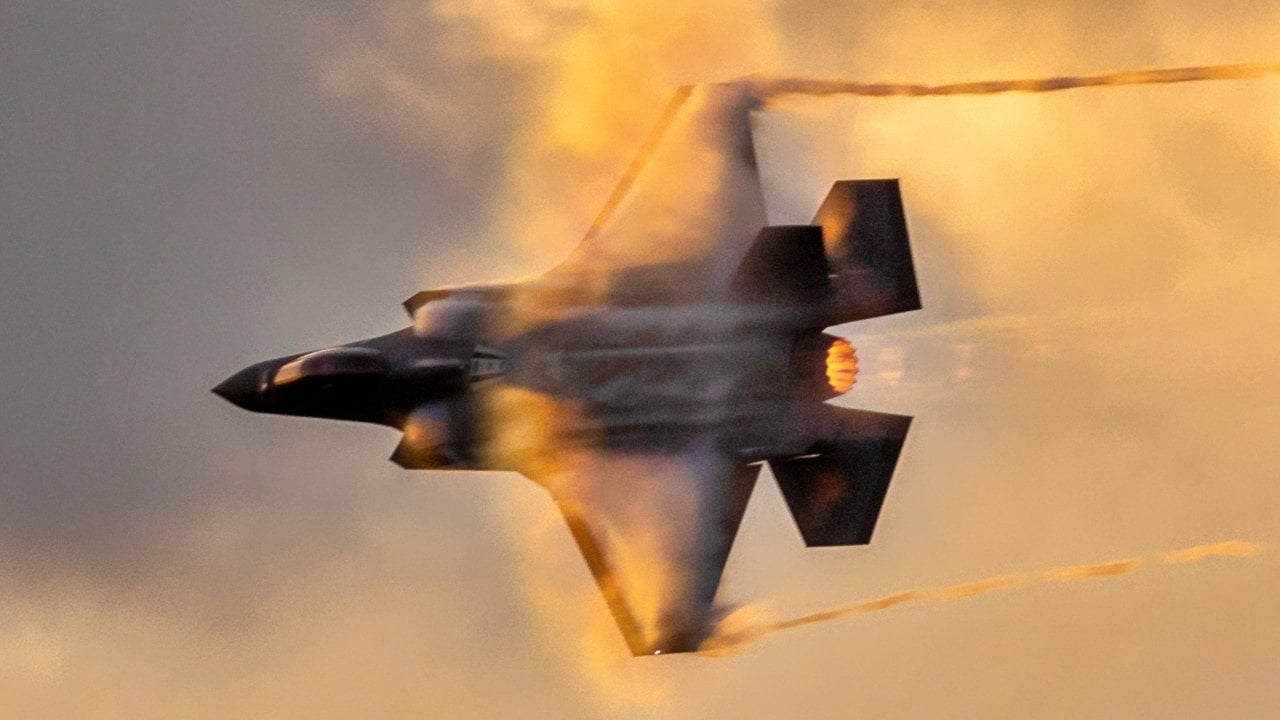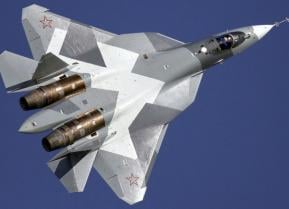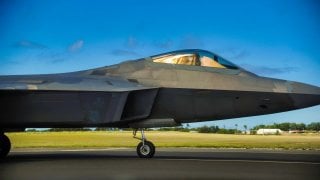The F-22 Raptor Is About to Become Even Harder to Beat in the Sky
The U.S. Air Force has awarded an $11.7 million contract to Armtec Countermeasures to enhance the F-22 Raptor's radar countermeasure capabilities with the RR-196 chaff.
Summary and Key Points: The U.S. Air Force has awarded an $11.7 million contract to Armtec Countermeasures to enhance the F-22 Raptor's radar countermeasure capabilities with the RR-196 chaff.
-This contract, managed by the Air Force Life Cycle Management Center at Hill Air Force Base, will support the stealth fighter's combat and training missions.
-Chaff, a longstanding radar countermeasure, disperses small reflective materials to confuse radar systems. Armtec's advanced chaff provides broad-frequency coverage and high radar reflectivity.
-The project, set for completion by September 2027, underscores the ongoing efforts to maintain the F-22's air superiority.
Armtec to Add Radar Countermeasure Capabilities to the F-22 Raptor
The United States Air Force's Lockheed Martin F-22 Raptor remains the best air superiority fighter in service today, but the Pentagon is looking to increase the capabilities of the fifth-generation stealth fighter It awarded an $11.7 million firm-fixed price contract to Armtec Countermeasures, whereby the defense contractor will provide its RR-196 countermeasure chaff for the Raptor. Air Force Life Cycle Management Center, at Hill Air Force Base (AFB), Utah, is the contracting activity for the program.
"This contract provides for the impulse cartridge program and is used by F-22 aircraft for combat and training purposes. Work will be performed in Lillington, North Carolina, and is expected to be completed by Sept. 30, 2027. This contract was a sole source acquisition. Fiscal 2024 ammunition funds in the amount of $11,700,000 are being obligated at the time of award," the United States Department of Defense (DoD) announced on Friday.
In addition to Lillington, Armtec also has facilities in Coachella, California.

Brief History Countermeasure Chaff
The Raptor is known for its stealth capabilities, which are truly a product of the "space age," while the development of chaff actually dates back to the early days of the Second World War. Yet, while it was determined that it was rather effective at countering radar, a concern during the war was that there was no effective "counter-countermeasure," and the British military opted not to use it until late in the war so that Germans couldn't gain a similar advantage.
Fast forward more than 80 years and the latest chaff isn't much than copper foil cut into strips or small pieces – as was the case back in the 1940s! However, there is still a bit more to it.
It can be dispersed to mask a target or just as ideally, present a larger – but false – target on a missile's radar.
Today the size of the chaff is what also matters.
"Chaff has remained a favorite soft-kill countermeasure for AShM radar seekers transmitting in X-band frequencies of 8.5 GHz to 10.68 GHz. X-band dipoles were relatively easy to produce. For chaff to be effective against 8.5-GHz radar seekers, dipoles would need to be between 17.63mm and 8.81mm long. Chaff effective against 10.68-GHz radars would need dipoles between 14mm and 7mm long," Defense and Security Monitor explained.
21st Chaff
Armtec hasn't specified exactly what sets its chaff apart from its competitors, but according to the company, "Radar countermeasure chaff is designed to decoy Radars and/or Radar-guided missiles. Our chaff products offer broad-frequency coverage, high Radar reflectivity, and minimal bird-nesting. Armtec chaff is available in S-band thru Ka-band and can be tailored to meet specific customer requirements."
Neither the DoD nor Armtec specified how many Raptors will be equipped with the RR-196 countermeasure chaff, but in addition for use with combat aircraft, the Armtec chaff will be employed for training purposes.
Author Experience and Expertise: Peter Suciu
Peter Suciu is a Michigan-based writer. He has contributed to more than four dozen magazines, newspapers, and websites with over 3,200 published pieces over a twenty-year career in journalism. He regularly writes about military hardware, firearms history, cybersecurity, politics, and international affairs. Peter is also a Contributing Writer for Forbes and Clearance Jobs. You can follow him on Twitter: @PeterSuciu. You can email the author: [email protected].
Image Credit: Creative Commons and/or Shutterstock.


